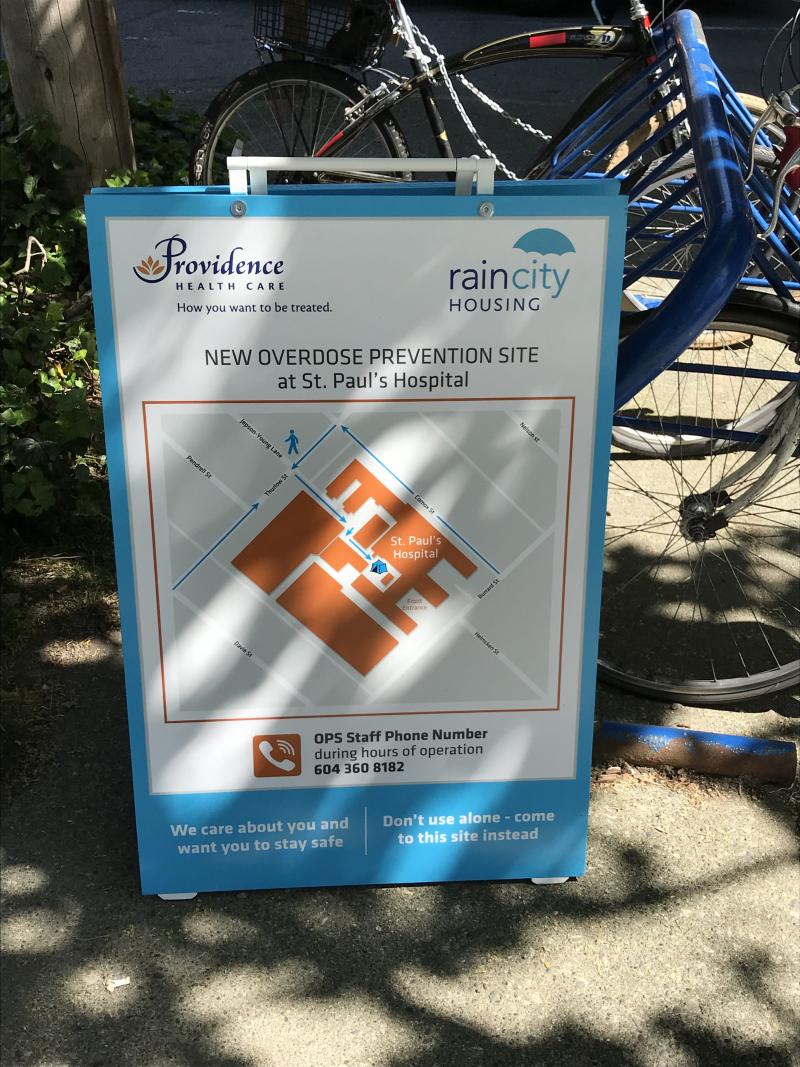It was a brief handwritten note, left anonymously at the new Overdose Prevention Site on the grounds of St. Paul’s Hospital – the first such site outside the Downtown Eastside.
It read: “My mom went to Residential School – we are the surviving generation. This tent is going to save lives.”
Saving lives is what the OPS is all about. Opened May 7, it provides a calm, non-judgmental place in which to use substances in the presence of trained staff and a peer support worker. Access to emergency care is provided if needed, including admission to the hospital.
Average daily visits to the OPS tent have more than doubled since it opened, which is gratifying to St. Paul’s Urban Hesalth Program staff who helped launch the tent, along with RainCity Housing, which provides OPS site staff and peer support workers.
Statistics compiled by Vancouver Coastal Health, its funder, show that in its first two weeks, an average of eight people visited each day. In the period from May 27 to June 2, the number was 17. “Word is getting out in the community and we are all delighted about that,” said Melissa Nicholson, Nurse Educator at PHC’s Urban Health Program.
There has been just one overdose to date, which staff successfully managed at the OPS. That person was admitted to care at St. Paul’s.
Visits spiked on and in the two days after government social-assistance cheques were distributed May 23. Nicholson said that’s a positive sign. “There is increased use after people get their cheques so it’s heartening they are choosing to use at a site where they can be monitored and supported.”
It provides sterile needles, drug testing strips naloxone and needle-disposal equipment. Staff and peer-support workers from RainCity Housing work in the site seven days a week starting at 11 am. They see the last visitor at 10.30 pm.
A total of 344 people visited the site between May 7 and early June.
The vast majority of visitors have been men, according to data. That reflects the monthly BC Coroners Service figures that indicate most BC overdose deaths from illicit drug use in 2018 were suffered by males.
The tent is an element of PHC’s wraparound care for people who use drugs and is in line with its mission of providing care to all, particularly the most vulnerable in society.
The notes of appreciation increase regularly. Now there is a wall full of them.
Another note an OPS visitor left sums it up: “We love this place.”






